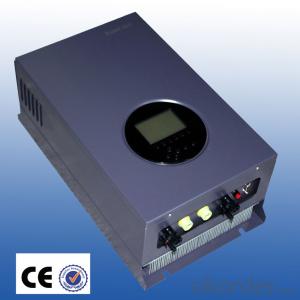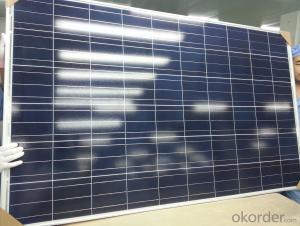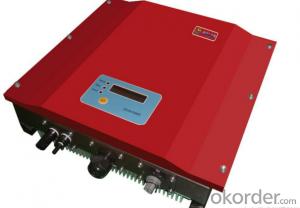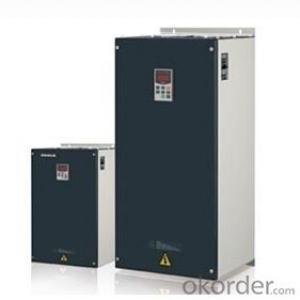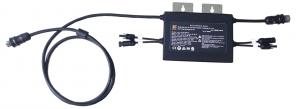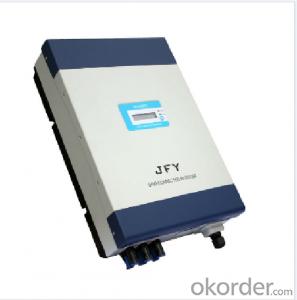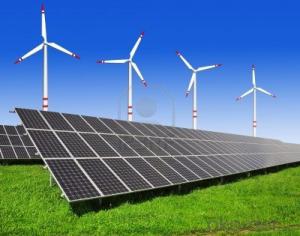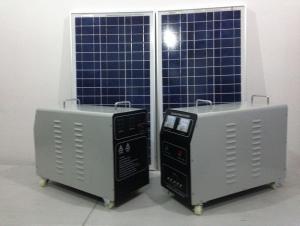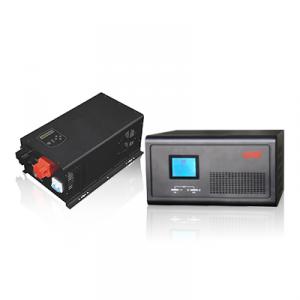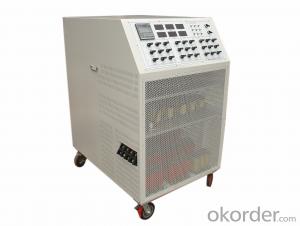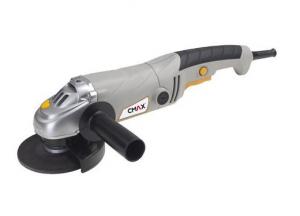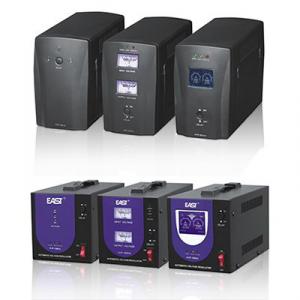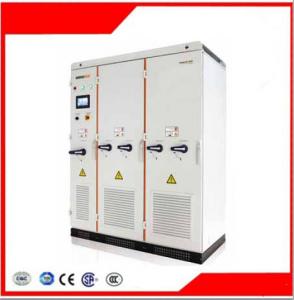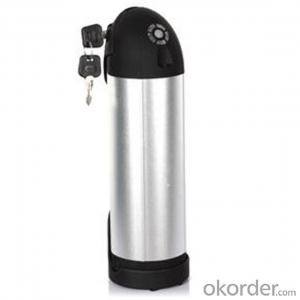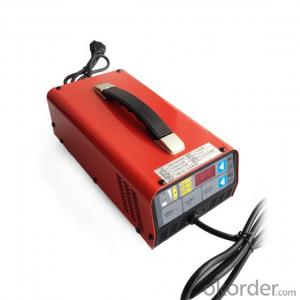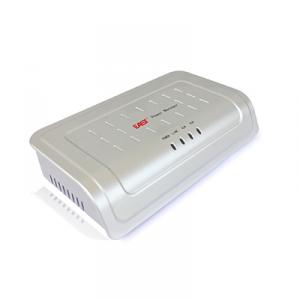500kw Solar Inverter
500kw Solar Inverter Related Searches
Solar Inverter 500kw 500 Kw Solar Inverter 500 Watt Solar Inverter 500w Solar Inverter 500 Watt Solar Power Inverter 500w Solar Power Inverter Solar 500 Watt Power Inverter 500 Watt Inverter Solar Solar Inverter 500w Solar Inverter 500 Watt Solar Power Inverter 500w 500kw Solar Inverter Price 500 Kw Solar Inverter Price 500 Watt Solar Inverter Price Solar Inverter 500 Watt Price 5000 Watt Solar Inverter 50kw Solar Inverter 5000w Solar Power Inverter 5000 Watt Solar Power Inverter 5000 Watt Inverter Solar Solar Inverter 5000w Solar Power Inverter 5000w 50 Kw Solar Inverter Solar Inverter 50kw 500 Watt Solar Module 5kw Solar Inverter Solar 5kw Inverter 5kw Solar Power Inverter 5 Kilowatt Solar Inverter 50 Amp Solar Inverter500kw Solar Inverter Supplier & Manufacturer from China
The 500kw Solar Inverter is a high-capacity power conversion device that plays a crucial role in the solar energy industry. It is designed to convert the direct current (DC) generated by solar panels into alternating current (AC) that can be fed into the power grid or used by electrical appliances. This product is engineered with advanced technology to ensure maximum efficiency and reliability, making it an essential component in large-scale solar power systems.The 500kw Solar Inverter finds its application in various scenarios, such as utility-scale solar farms, commercial and industrial installations, and even in some large residential setups. It is particularly useful in areas with high solar irradiance, where the potential for generating a significant amount of electricity is substantial. By efficiently converting solar energy into usable power, this inverter helps in reducing reliance on non-renewable energy sources and contributes to a cleaner and more sustainable environment.
Okorder.com is a reputable wholesale supplier of the 500kw Solar Inverter, boasting a large inventory to cater to the varying demands of customers worldwide. With a commitment to quality and customer satisfaction, Okorder.com ensures that each 500kw Solar Inverter is thoroughly tested and meets the highest industry standards before being shipped to clients. This makes Okorder.com a trusted source for those seeking reliable and efficient solar power conversion solutions.
Hot Products









